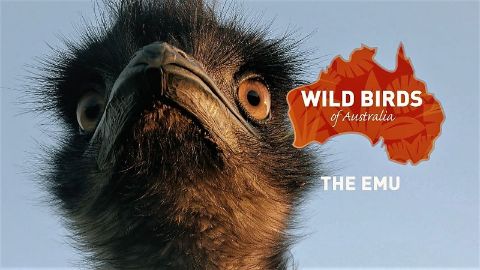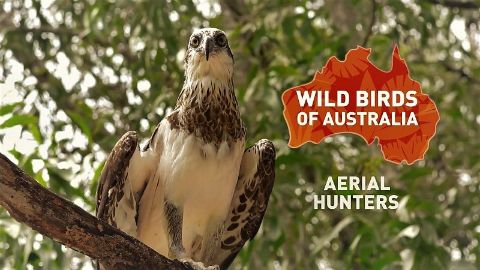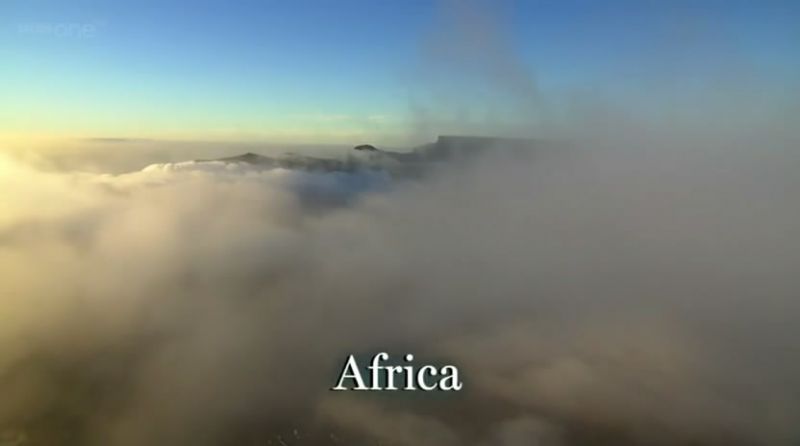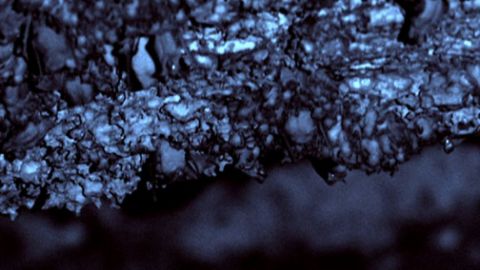Wild Birds of Australia • 2018 • 4 episodes •
Despite their diminutive stature, little penguins are a formidable species. They spend months at sea hunting, they mate for life, and when gulls threaten to steal their hard-earned fish, they band together in groups for self-defense. Journey to the sandy beaches of Southern Australia, where the tiniest penguin species on the planet is living large.
2018 • Nature
Emus are unique: Native only to Australia, they're the second largest bird in the world and can trace their lineage back to the dinosaurs. When males incubate their eggs, they don't eat, drink, or even go to the bathroom until the job is done. Follow the fascinating life of this flightless bird as it stubbornly defies the odds by doing things its own way.
2018 • Nature
Much of Australia consists of vast tracts of uninhabited land, a perfect hunting ground for the country's imperious birds of prey. From the brown falcons that feed on the country's deadliest snakes, to eagles that have been known to start fires on purpose so they can hunt fleeing animals, soar above the diverse habitats of this island continent in the company of its most accomplished aerial predators.
2018 • Nature
There are more than 370 species of birds unique to Australia, including flightless wonders like the prehistoric-looking cassowary and the dramatic male Victoria's riflebird, whose elaborate and flamboyant mating ritual just can't be ignored. Venture into the natural habitat of these avian oddities as they showcase their unique takes on family life.
2018 • Nature








